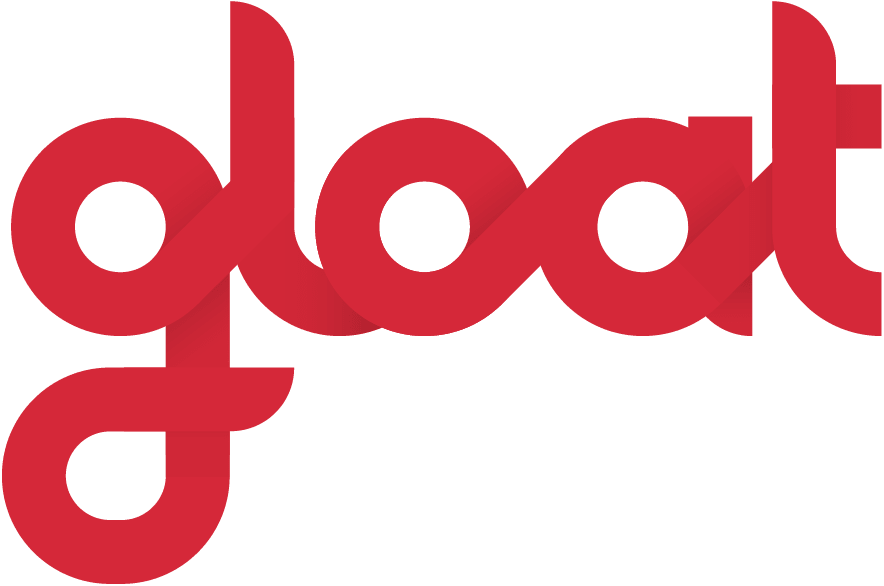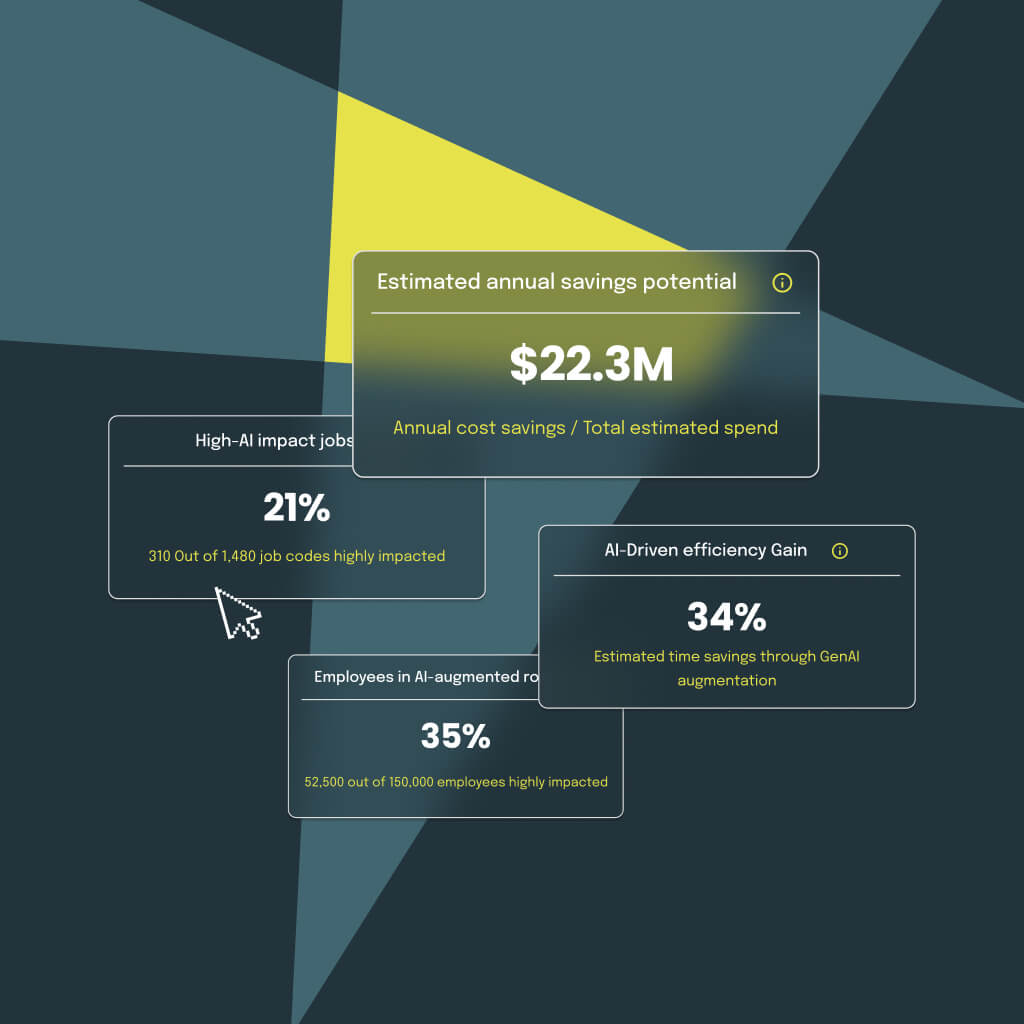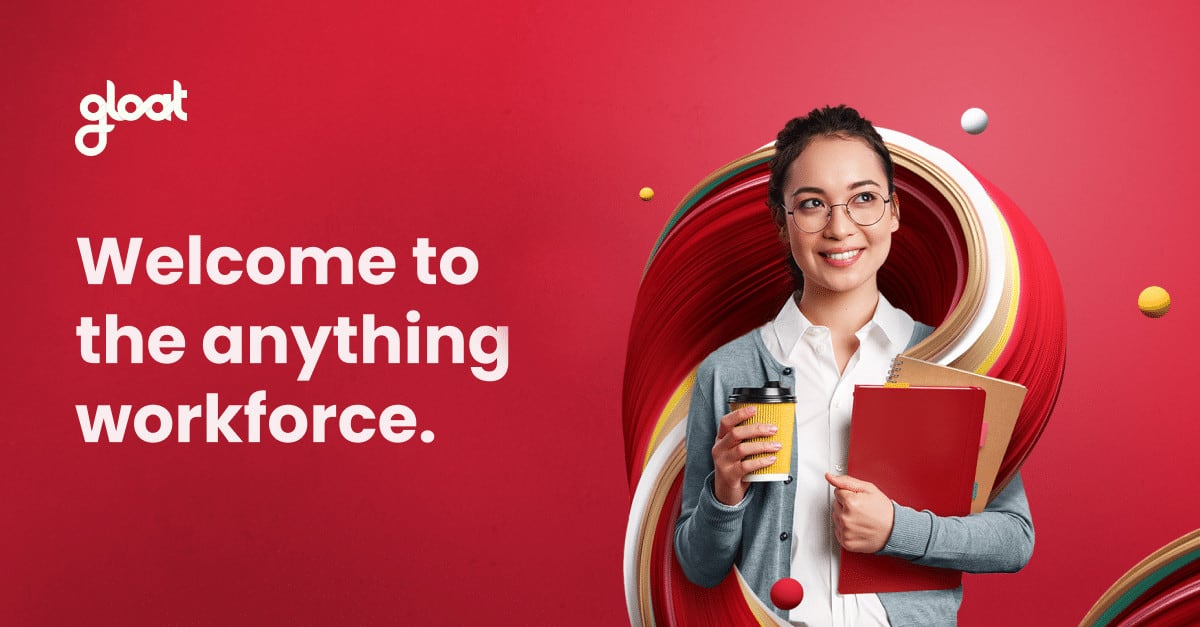Beyond the hype: the reality of AI workforce transformation
Learn how AI is reshaping our working world, according to Michael Ioffe and Ruslan Tovbulatov
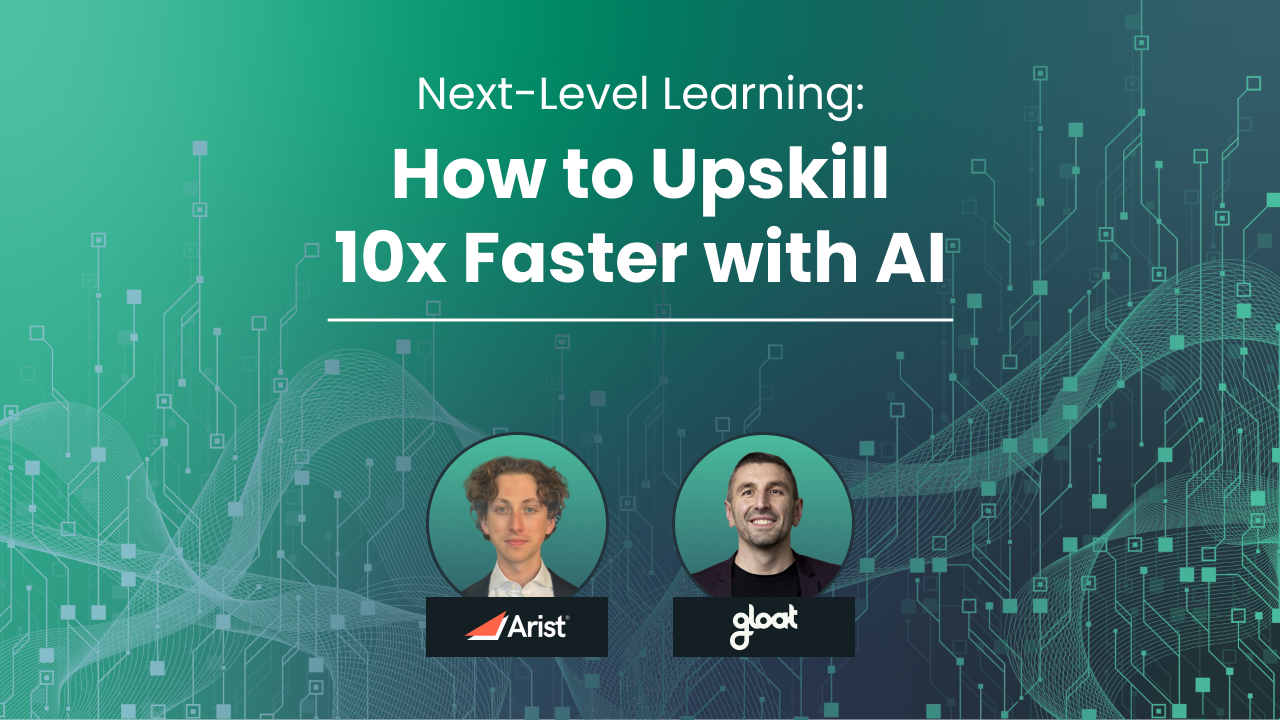
The conversation around AI’s impact on the workforce has reached a critical turning point. While many leaders continue to offer reassuring platitudes about AI simply augmenting human work, a growing chorus of voices is calling for a more honest dialogue about the transformative—and yes, disruptive—reality we’re facing.
To unpack some of the seismic changes on our horizon, we called in two experts at the helm of AI transformation, Michael Ioffe, CEO at Arist, and Ruslan Tovbulatov, CMO at Gloat. Their insights revealed a stark truth: the organizations that thrive in the AI era won’t be those that sugarcoat the challenges ahead, but rather those that embrace transparency, invest in their people, and prepare for fundamental changes in how work gets done.
3 eye-opening insights on how AI is reshaping workforce transformation
Whether your organization is just beginning to grapple with AI’s implications or is already deep into transformation planning, the perspectives shared in Michael and Ruslan’s conversation are too good to miss. The most critical takeaways include:
#1. Transparency becomes non-negotiable to separate AI fact from fiction
The elephant in the room that many leaders are reluctant to address is AI’s capacity to replace entire roles and functions. As Michael acknowledged, “From my point of view, the biggest use of AI is actually in cutting costs and cutting headcount, which is for some reason taboo to discuss.”
Adding to this conversation, Ruslan encourages executives to think critically about the implications of AI. “There is an absolute efficiency play that, behind closed doors, a lot of companies are discussing,” he explains. “I think some HR teams are resistant to that reality, but we all must ask ourselves where we’ll find efficiencies as a result of AI.”
The greatest danger lies in the disconnect between public messaging and private planning: “What worries me is leaders saying publicly, ‘Hey, we’re not going to replace any roles with AI,’ and then they do mass layoffs and replace roles with AI. I think that is far worse for employees,” Michael concludes.
This transparency isn’t just about ethics; it’s about giving people the time and information they need to adapt. When leaders are honest about AI’s potential impact, they “give people more time to figure out for themselves, is my job going to be replaced? And what should I do to maybe upskill myself or shift into a different role?” Michael explains.
#2. Workforce changes will go beyond productivity enhancements
We’re approaching a significant inflection point in AI adoption. The current focus on productivity tools and copilots only represents a stage in AI transformation, rather than the entire journey. “I think we’re in the course of the next year, we’re going to finish up this phase of people building out their internal LLM and building out and buying AI tools like Copilot. We’re going to finish with the productivity phase,” Michael forecasted.
What comes next will be even more transformative: “Especially with agents, I think we’re going to start seeing a lot of end-to-end replacement of roles over the course of the next two years.” This shift from augmentation to replacement represents a fundamental change in AI’s role within organizations.
The distinction is crucial for workforce planning. While productivity tools help existing employees work more efficiently, the next transformation phase involves AI systems that can handle entire workflows independently. Organizations need to prepare for this transition by identifying which roles are most susceptible to replacement and developing strategies to reskill and redeploy affected talent.
#3. The future belongs to those who know how to use AI effectively—and urgently
The often-cited phrase “You won’t be replaced by AI, you’ll be replaced by someone using AI effectively” captures a critical dynamic in the evolving workplace. It’s not just a clever saying; it reflects the reality that competitive advantage will increasingly flow to individuals and organizations that can harness AI’s capabilities most effectively.
This creates both opportunity and urgency for skill development. One of AI’s primary use cases, as Michael noted, is “how do you replace headcount that is doing work that is not as valuable or not a good use of someone’s time, and how do you help people do more meaningful and more valuable work?” This reframing positions AI not just as a threat, but as a tool for elevating human work to higher-value activities.
The challenge for organizations is helping their workforce make this transition successfully. Ruslan emphasizes the urgency behind today’s transformation imperative, noting, “I think speed is the name of the game right now. I also think it’s about how we execute work, how we empower people, and how we bring this transformation into the organization, both top-down and bottom-up.”
Preparing for an AI-driven future
Based on Michael and Ruslan’s conversation, there are several critical action items that leaders should prioritize to guide the next stage of AI transformation, including:
#1. Embrace radical transparency
Stop pretending AI won’t displace jobs and start having honest conversations with your workforce about the changes that are coming. Pair these discussions with access to experiential learning opportunities that will enable employees to hone the skills needed to move into higher-priority roles that are less likely to be replaced by AI.
#2. Invest in comprehensive reskilling
The shift from AI enhancements to AI autonomy demands significant investment in helping employees develop new capabilities that complement AI rather than compete with it. Leaders must also identify which types of tasks AI can own and which will require human partnership and oversight.
#3. Focus on human-AI collaboration
The future workplace won’t be purely human or purely AI; it will be collaborative. Organizations need to design workflows that optimize the unique strengths that both people and technology bring to the table.
#4. Plan for the long term
AI transformation isn’t a one-time adjustment but an ongoing evolution. Build organizational capabilities for continuous learning and adaptation.
The question isn’t whether AI will transform work—it’s whether your organization will lead that transformation or lag behind it. Want to level up your strategy? Test drive Gloat Signal to quantify AI’s potential impact, calculate return on investment, and identify high-priority opportunities before competitors can capitalize on them.
